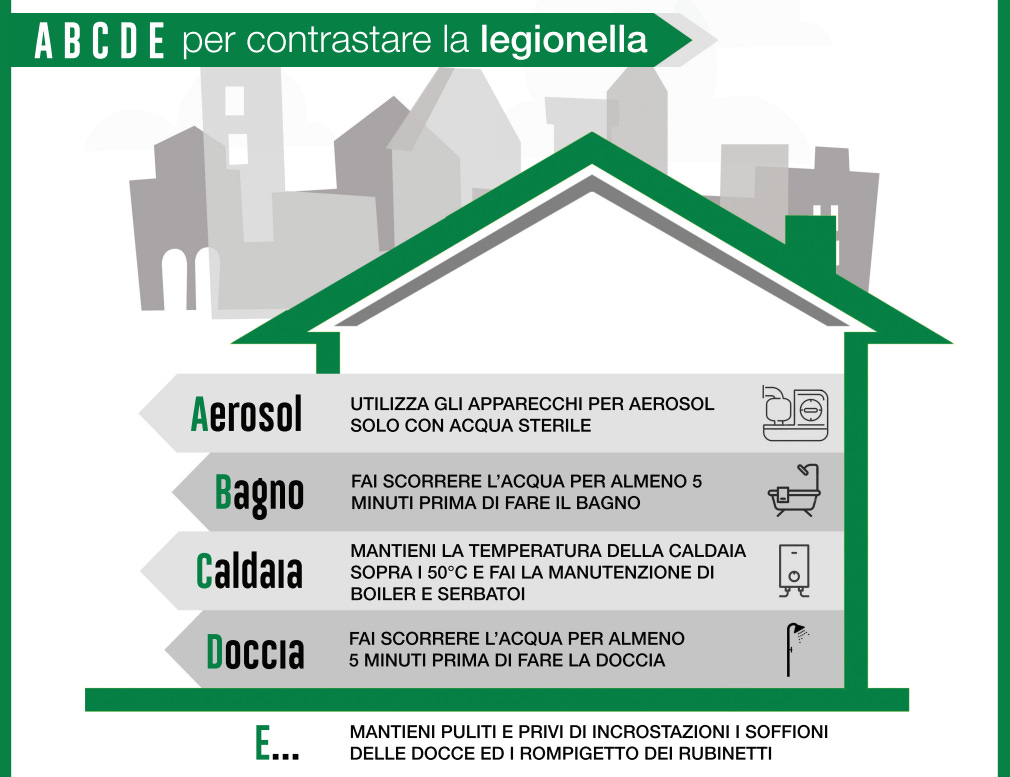Milan, Italy authorities report on a Legionnaires' disease outbreak in Italy with 49 confirmed cases and three deaths through August 8.
Some of the stats of the outbreak include:
Most of the 44 cases (90%), were recorded in the municipality of Corsico, with five cases (10%) reported from the municipality of Buccinasco. Both municipalities are located in the metropolitan area of Milan.
The first case developed symptoms on 11 April 2024, most cases developed symptoms during the period 10 June to 28 July. The most recently reported case had symptom onset on 28 July.
The cases are between the ages of 26 and 94 (mean age: 71.7), with 28 females and 21 males involved.
In all, 45 of 49 cases (92%) had underlying comorbidities, including the three deaths (females aged over 70 years).
12 patients are hospitalized, 34 have been discharged and three cases deceased.
No Travel-Associated Legionnaires' Disease (TALD) cases have been reported associated with the outbreak.
Investigations are underway to determine the source of the outbreak.
Italy has previously reported outbreaks and also in northern Italy. Larger outbreak events were reported in 2018 occurring in Bresso, 52 cases and in Brescia, 33 cases.
According to the World Health Organization (WHO), legionellosis is an infection caused by Legionella bacteria. The Legionella bacteria can cause a mild illness, Pontiac fever, non-pneumonic form of the disease, and Legionnaires’ disease, a severe pneumonia form of illness that can be fatal. Most people catch Legionnaires' disease by inhaling the bacteria from water or soil.
Subscribe to Outbreak News TV on YouTube
Legionnaires’ disease, the pneumonic form, has an incubation period of 2 to 10 days (but up to 16 days have been recorded in some outbreaks). It is an important cause of community- and hospital-acquired pneumonia, and although uncommon, Legionnaires’ disease may cause outbreaks of public health significance. Initially, symptoms are fever, mild cough, loss of appetite, headache, malaise and lethargy, with some patients also experiencing muscle pain, diarrhea and confusion. The severity of Legionnaires’ disease ranges from a mild cough to rapidly fatal pneumonia. Untreated Legionnaires’ disease usually worsens during the first week.
Mortality from Legionnaires’ disease depends on the severity of the disease, the use of antibiotic treatment, the setting where Legionella was acquired, and whether the patient has underlying conditions, including immunosuppression. The death rate may be as high as 40–80% in untreated immunosuppressed patients and can be reduced to 5–30% through appropriate case management, depending on the severity of the clinical signs and symptoms. Overall, the death rate is usually between 5–10%.





